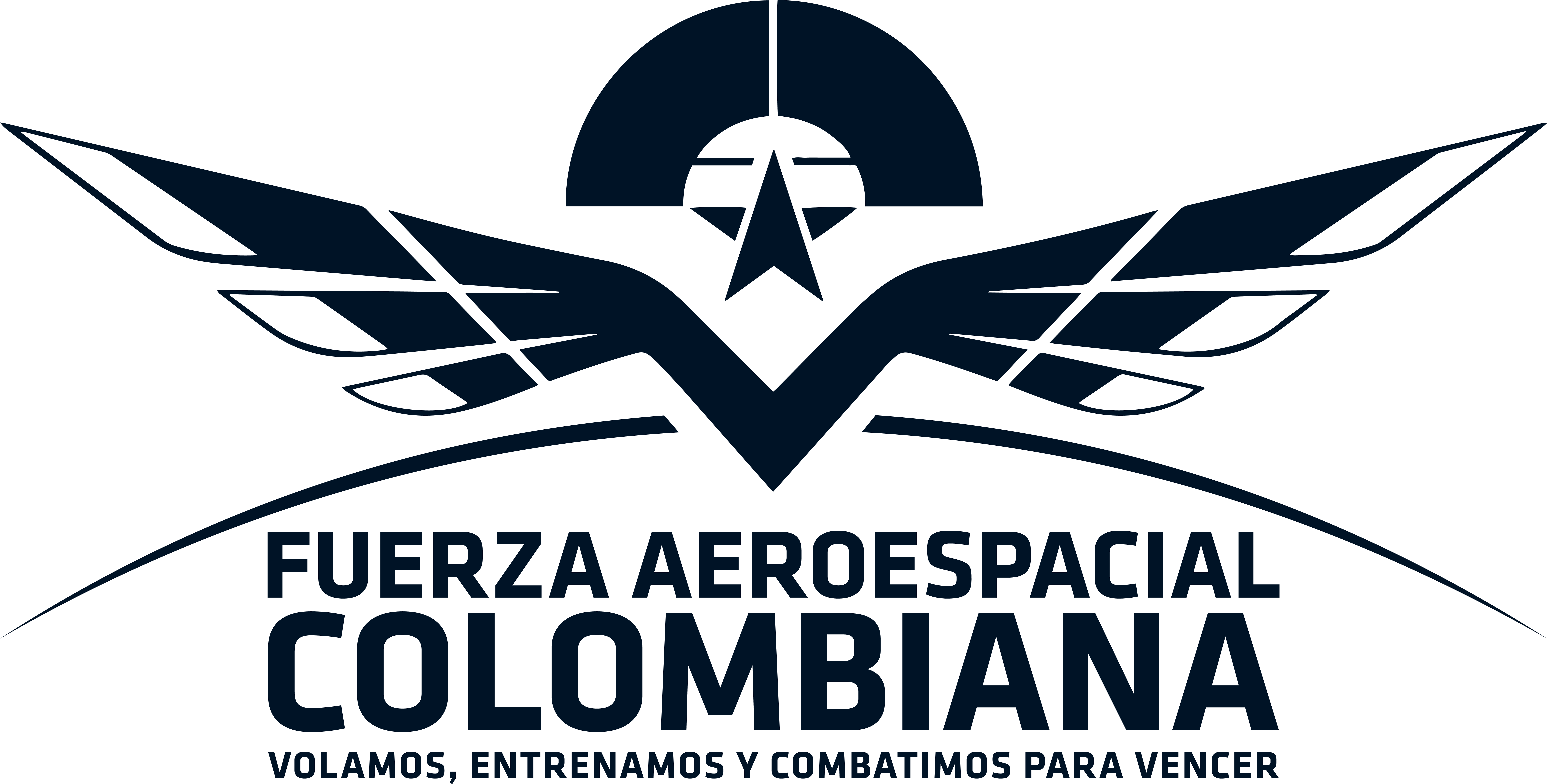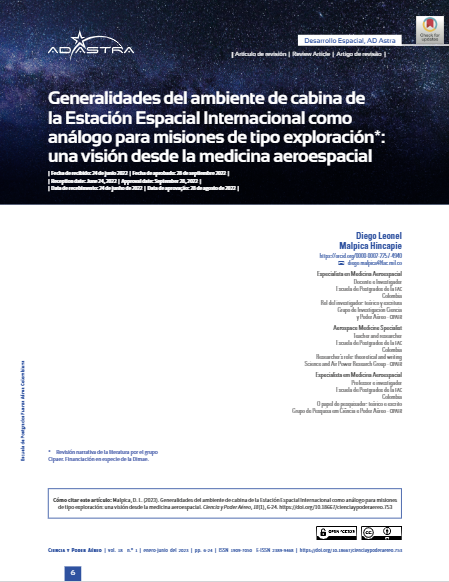Overview of the International Space Station cabin environment as an analog for exploration-type missions: A view from aerospace medicine:
Generalidades del ambiente de cabina de la Estación Espacial Internacional como análogo para misiones de tipo exploración: una visión desde la medicina aeroespacial:;
Visão geral do ambiente da cabine da Estação Espacial Internacional como um análogo para missões do tipo exploração: Uma visão da medicina aeroespacial:
Collections
Related items
Showing items related by title, author, creator and subject.
-
Mission Design and Synthesis of Operational Factors and Representations of the Space Segment, the Case of FACSAT and EMFF
Rodríguez-Pirateque, German-Wedge; Sofrony Esmeral, Jorge; Cortés García, Ernesto David; Rueda, Kennet -
Satellite Systems for Colombian Space Development with Multi-domain Operations
Rodríguez Pirateque, Germán Wedge; Páez Piñeros, Julián Camilo; Sofrony Esmeral, Jorge -
Psychophysical performance in a short space flight. Narrative literature review
Pico Quintero, Nindre; Malpica Hincapie, Diego Leonel


